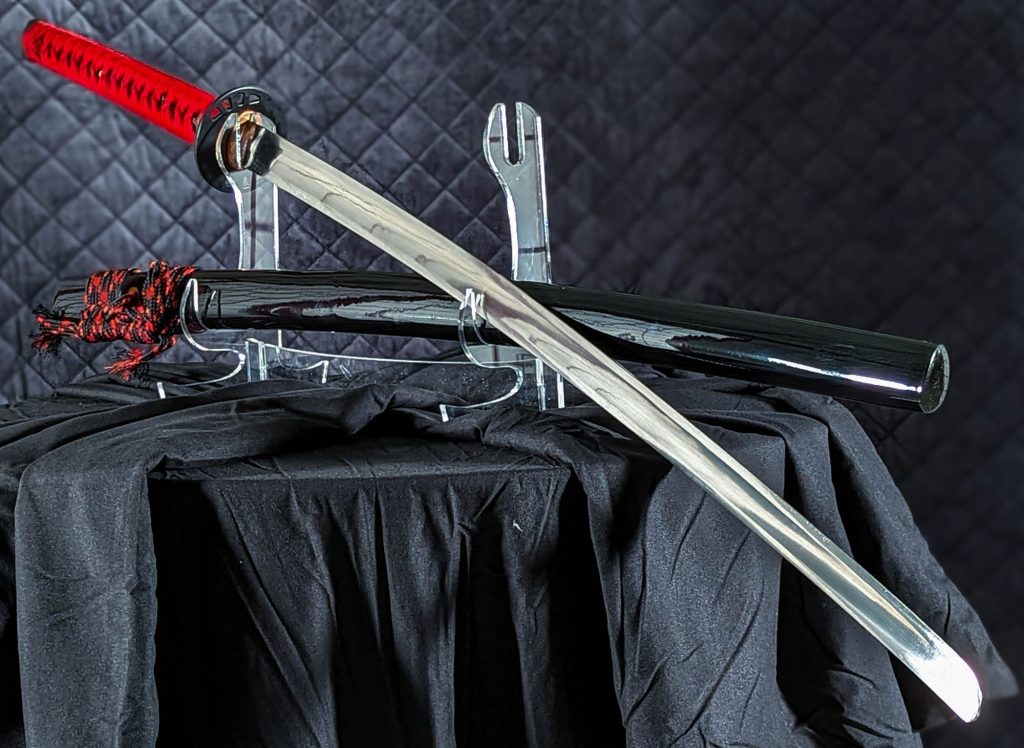The katana, often referred to as the soul of the samurai, is not only a weapon but a masterpiece of engineering and craftsmanship that has captivated the world for centuries. The creation of a katana involves an intricate process that combines traditional techniques with a deep understanding of metallurgy, resulting in a blade that is not only functional but also aesthetically pleasing. At the heart of the katana’s engineering is the unique composition of its steel. Traditional katana blades are made from a type of steel known as tamahagane, which is produced from iron sand through a smelting process. This steel contains a high carbon content, giving it the essential hardness and flexibility needed for an effective cutting weapon. The blend of different carbon levels within the tamahagane is crucial; the edge of the blade is made from high-carbon steel, providing the hardness necessary for a sharp edge, while the spine is crafted from low-carbon steel, which offers flexibility and resilience.

The forging process of the katana is an art form that requires immense skill and precision. After the tamahagane is heated, it is folded multiple times, a technique that not only increases its strength but also helps to remove impurities. This folding process creates layers in the steel, resulting in a distinctive pattern that is both beautiful and functional. Each fold introduces new characteristics to the blade, enhancing its toughness while ensuring that it can withstand the rigors of combat. The katana is typically forged with a unique curvature, which not only aids in slicing and cutting motions but also allows for a smooth draw from the scabbard. This curvature, known as the sori, is carefully crafted during the forging process, ensuring that each blade has the perfect arc that enhances its cutting ability. Heat treatment plays a vital role in defining the katana’s performance. The blade undergoes a process known as quenching, where it is rapidly cooled after being heated to a high temperature. This step transforms the steel’s structure, imparting hardness and edge retention.
However, to prevent the blade from becoming brittle, a second process called tempering is performed. This involves reheating the blade to a lower temperature, allowing for the release of internal stresses while maintaining the hardness of the edge. The combination of these processes results in a blade that can deliver precise cuts while remaining durable enough to endure the stresses of combat. The katana’s edge, or ha, is often honed to a razor-sharp finish, achieved through careful polishing using a series of progressively finer stones. This final stage of finishing not only enhances the sharpness but also accentuates the beauty of the blade’s surface, revealing the intricate patterns created during the folding process then katana sword for sale. The final polish gives the katana its distinctive luster, highlighting the craftsmanship that has gone into its creation. Beyond its engineering marvels, the katana is steeped in cultural significance, symbolizing the honor, discipline, and skill of the samurai. Each katana is not merely a weapon; it is a story forged in steel, representing the bond between the smith and the sword.